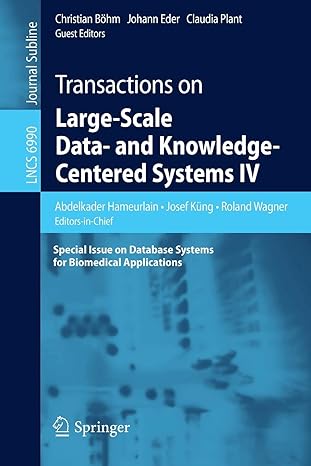Question
This is an example , 12345678, L1=1, L2=2, L3=3, L4=4, L5=5, L6=6, L7=7, L8=8; Decimal representation L1L2L3 is 123 (One hundred and twenty-three in base
This is an example ,
12345678, L1=1, L2=2, L3=3, L4=4, L5=5, L6=6, L7=7, L8=8; Decimal representation L1L2L3 is 123 (One hundred and twenty-three in base 10).
but we have to use different numbers, which is why my numbers are L2 L0 L3 L1 L6 etc etc
1.Convert decimal representations L2 L0 L3 and L1 L6 to unsigned binary integer representation and apply binary addition algorithm to compute the sum. Is overflow detected? Why?
2. Convert decimal representation L9 L8 L5 to base 6 (if L9 L8 L5 is smaller than 100, L9 L8 L5 =L9 L8 L5 + 100)
3. Convert the binary output of the following program to base 10.
int Digit = [L2, L0,L3,L1,L6,L9,L8,L5];
for(i=0; i<8,i++)
{
if Digit [i]>=4
Digit [i] =1;
else
Digit [i]=0;
}
4.Convert base 5 representation L2 L0 L3 from base 5 to base 8
Step by Step Solution
There are 3 Steps involved in it
Step: 1

Get Instant Access to Expert-Tailored Solutions
See step-by-step solutions with expert insights and AI powered tools for academic success
Step: 2

Step: 3

Ace Your Homework with AI
Get the answers you need in no time with our AI-driven, step-by-step assistance
Get Started


